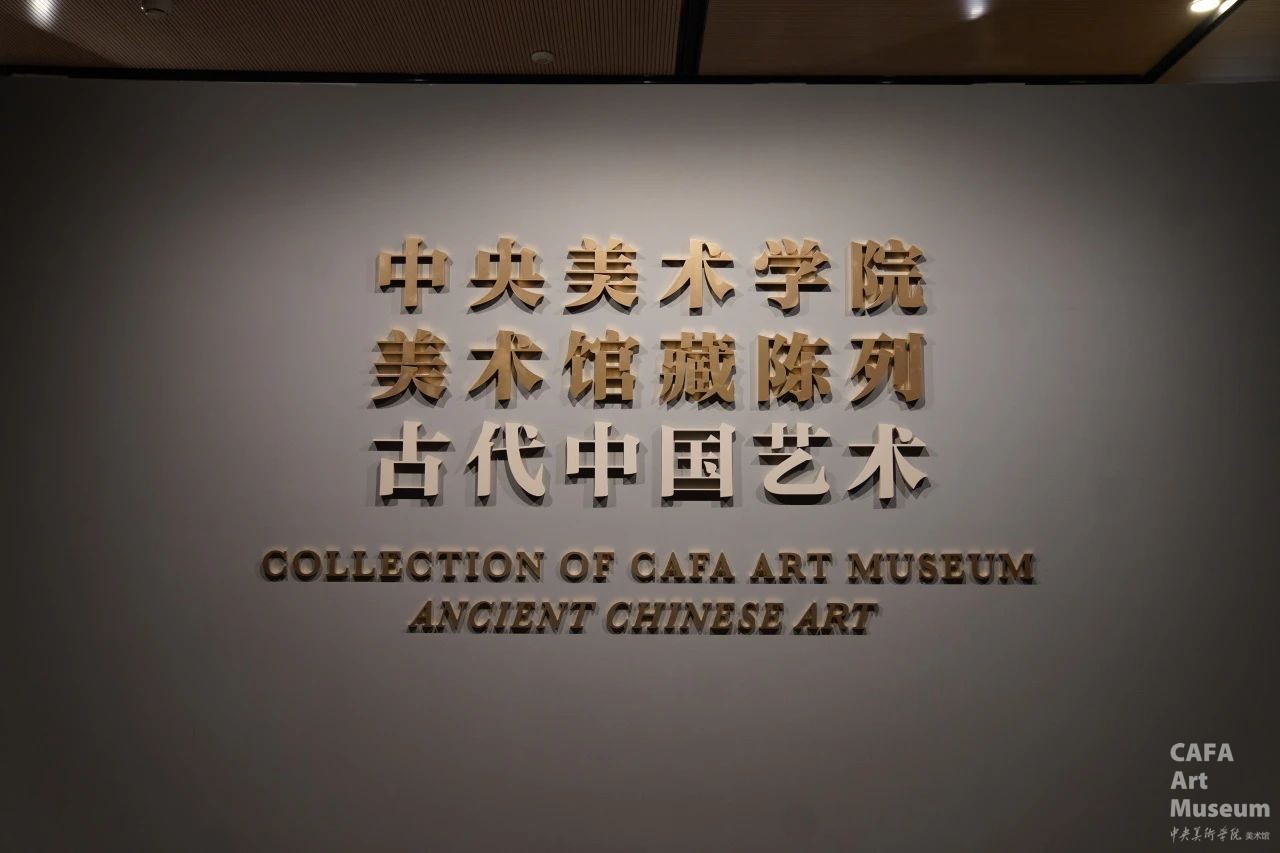

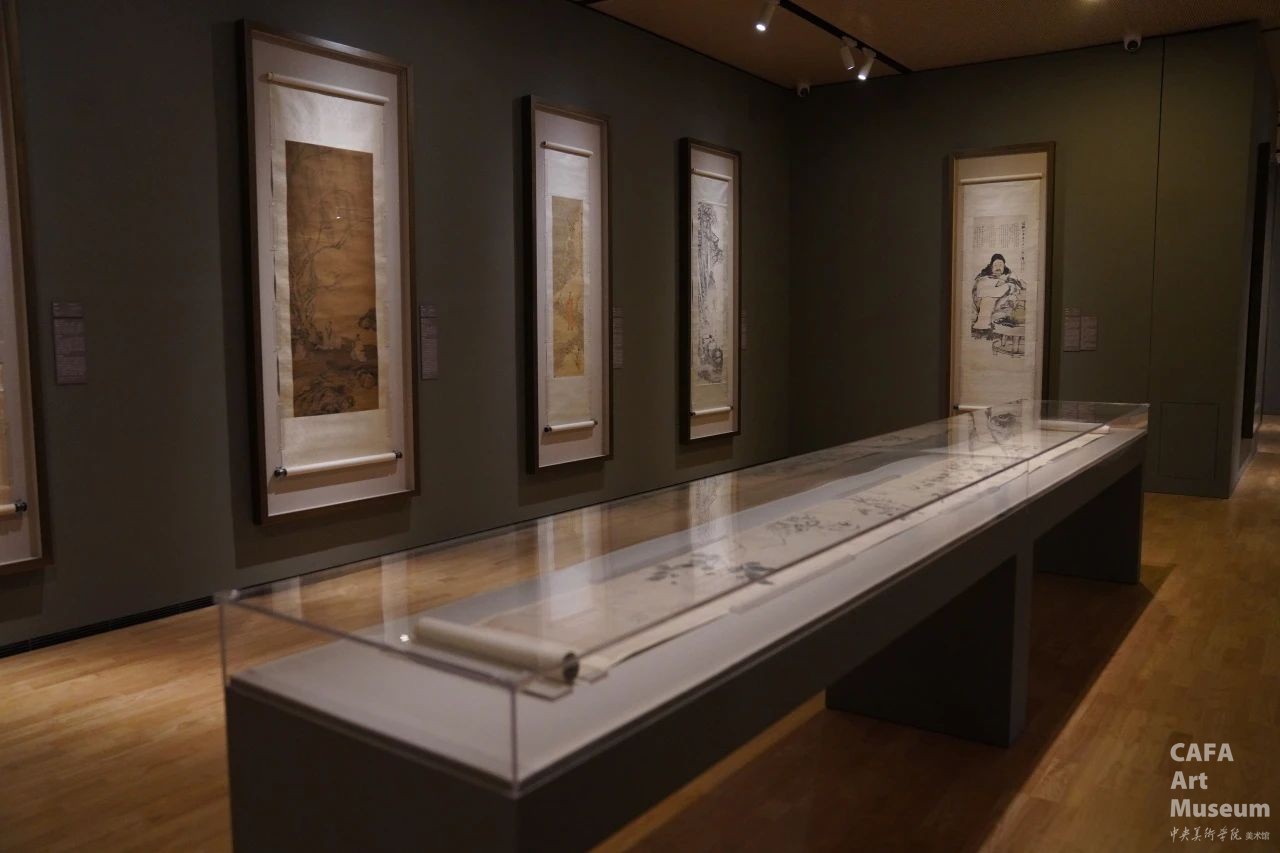
"Collection of CAFA Art Museum" is on display at CAFA Art Museum. The ancient Chinese art part presented this time is one of the characteristics of the collection. More than 200 pieces of the collection are selected and exhibited in two types: "utensils" and "calligraphy and painting", including bronze mirrors, portrait bricks, figurines, ceramics, religious statues, figure paintings, flower and bird paintings, landscape paintings, and calligraphy. Nine sub-categories of collections span two thousand years. This push will open the prelude to the promotion of calligraphy and painting works, and bring audiences and friends into the world of the ancient people's pen and ink.
In the history of Chinese painting, figure painting is the earliest painting discipline with independent artistic character, and it is also one of the paintings that can intuitively reflect the production, life and thought of human beings. The figure paintings displayed in the exhibition include the world's customs, portraits, Buddhist and Taoist images, and folk gods. They not only reflect the social folk customs and ideological interests of different periods, but also outline the forms of figure painting and the various aspects of the creation, evolution and development of various styles. Among them, the most representative and well-known one is Ren Bonian's "Portrait of Yicheng".
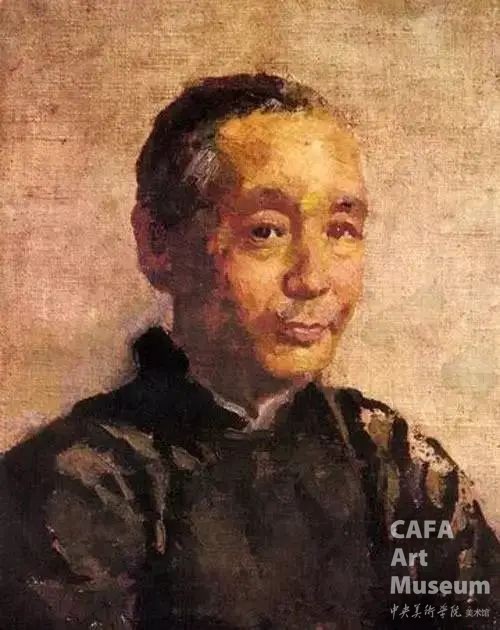
The oil painting portrait of Ren Bonian painted by Xu Beihong,
Xu Beihong Memorial Hall Collection
Ren Yi (1840-1896), his first name was Run, and the character Binian, his nickname was Monk Ren, and he was born in Shanyin (now Shaoxing), Zhejiang Province. He is one of the famous Shanghai-style painters in the history of modern Chinese art, and together with Ren Xiong and Ren Xun, he is called the "Three Rens at Sea". His painting techniques are comprehensive, including figures, flowers and birds, landscapes, etc. On the basis of tradition, he has further integrated sketch and watercolor techniques in Western painting, making him a rare all-rounder painter in a century. Mr. Xue Yongnian once commented that Ren Bonian "learned from the ancient times and changed from the ocean," believing that he can keenly perceive new artistic concepts and artistic tastes, and use long-term accommodation to seek new artistic language. Ren Bonian's artistic achievements are of great significance to the exploration of new paths of Chinese painting, and many later painters have benefited a lot from his art.
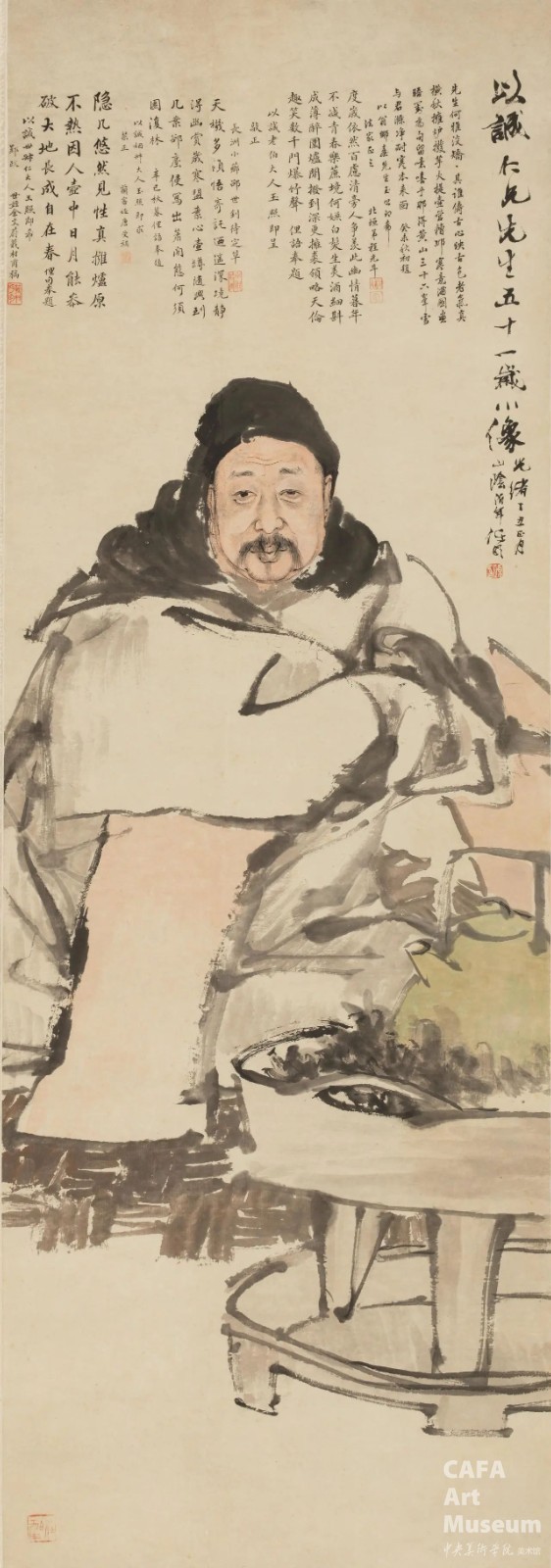
Ren Bonian, "Portrait of Yicheng" axis, 1877, color on paper,
102 cm vertical and 45 cm horizontal, collection of CAFA art museum
This work has been included in many Chinese art history documents, such as the first volume of the Catalogue of Ancient Chinese Calligraphy and Painting, the first volume of the Catalogue of Ancient Chinese Calligraphy and Painting, and has been exhibited at the Art Museum of the Central Academy of Fine Arts many times, such as the 2021 "Genius Vertical and Horizontal - Special Exhibition of Ren Bonian's Works in the Collection", in which the curator also summed up the Ren Bonian portrait style represented by this work as follows: "Ren Bonian's characters are more expressive, farsighted and beautiful, and close-up lines are spontaneous and elegant."
The inscription and seal information of this work:
Inscription: Mr. Yicheng's fifty-one-year-old portrait. Guangxu Ding Chou is in the first month of the month, Ren Yi in the year of Shanyin's uncle. Seals: Yi Yin (white square seal), Ren Bonian (Zhu Wen square seal)
Inscription and postscript (1): Mr. He is elegant, who is the couple to be corrected. The ancient heart reflects the antique color, and the old age is really autumn. Hugging the furnace and stirring the taro fire, carrying the pot and camping the bad hills. The chill is full of pictures, and the thunder is on the wall. Huo hee! That's the snow on the thirty-six peaks of Huangshan Mountain, and the cold-resistant nature of Jun Dijing. At the beginning of the autumn, the title is Mr. Weng Xiangtai's jade photo, that is, the Xifa family is upright. Cheng Guangdou, the younger brother of the northern wall. Seal: Two Zhu Wen square seals
Inscription (2): I still think about it when I'm old, and others are envious of this beautiful feeling. The old age does not reduce the joy of youth, how can the sugarcane realm be thought of as white. The fine wine is poured into a thin drunkenness, and the furnace is idle until it is deeper. Hugging the Qiu to appreciate the fun of the world, laughing at thousands of firecrackers. Slang title to the jade photo of the old man Cheng, that is, to be corrected. Changzhou Xiao Xiang Shao Shizhao is to be determined. Seal: Shuizhai Poems and Paintings (Zhu Wen Fang Yin)
Inscription and postscript (3): There are many secrets to comprehend, and the sustenance is far and deep. The environment is quiet and rewarded. The old cold alliance has no heart. The pot Arrived at will, but a few cases have invaded the dust. Write Xiao idle state, why do you need to return to the garden. Xin Si autumn twilight, slang subject to the jade photo of Uncle Chengyin, that is, seeking integrity. Lan Ke's nephew Tang Shouqi. Seal: Shouqi (white square seal)
Inscription (4): Hidden a few leisurely to see the true nature, the furnace is not hot because of people. The sun and the moon can be broken in the pot, and the earth grows into a free spring. The slang sentence is entitled to the jade photo of the uncle of Chengshi Shunren, that is, the hope of Yingzheng. The younger concubine Yu Wenwei's village draft. Seal seal: I Village Yin Sentence (Zhu Wen Fang Yin)
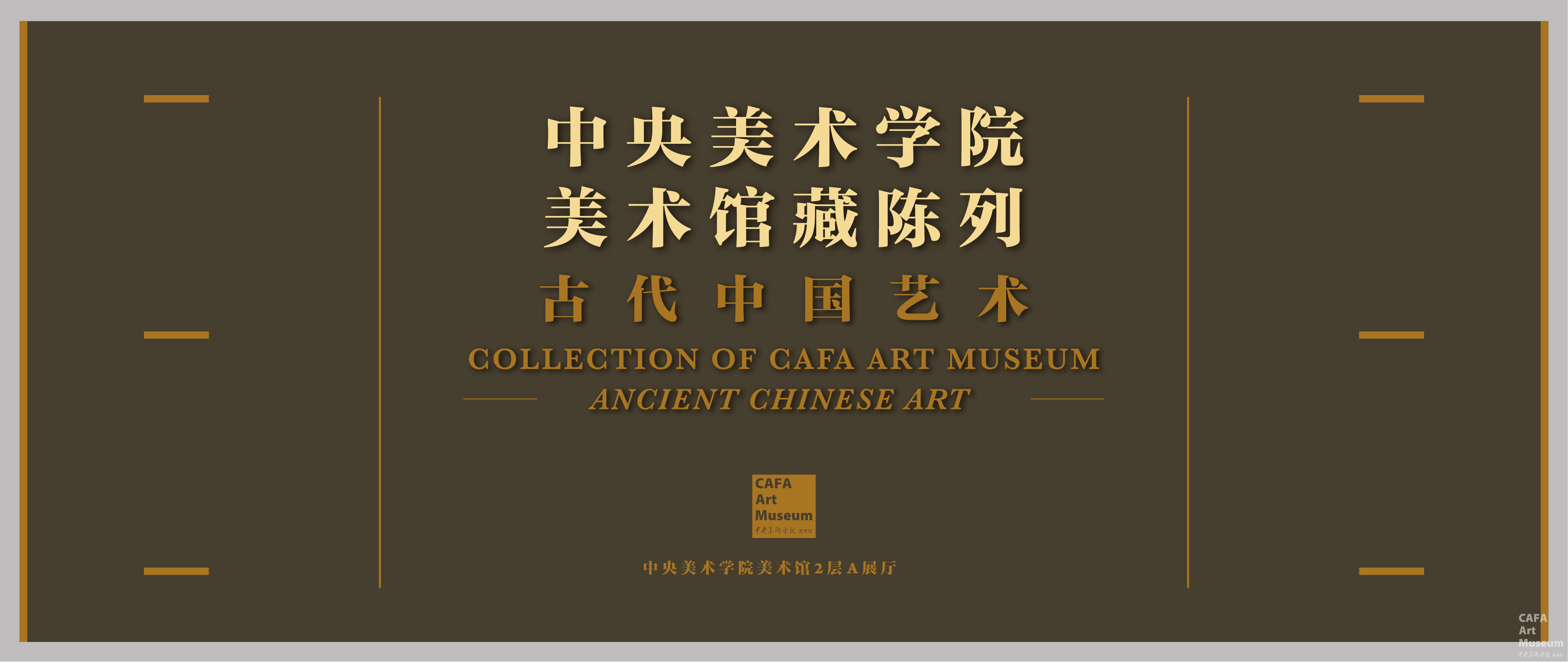
Collection Of CAFA Art Museum
-- Ancient Chinese Art
Exhibition Time: Starting from January 21, 2025
Exhibition Venue: Gallery A, 2nd Floor, CAFA Art Museum
Chief Editor / He Yisha
Editor / Du Yinzhu
